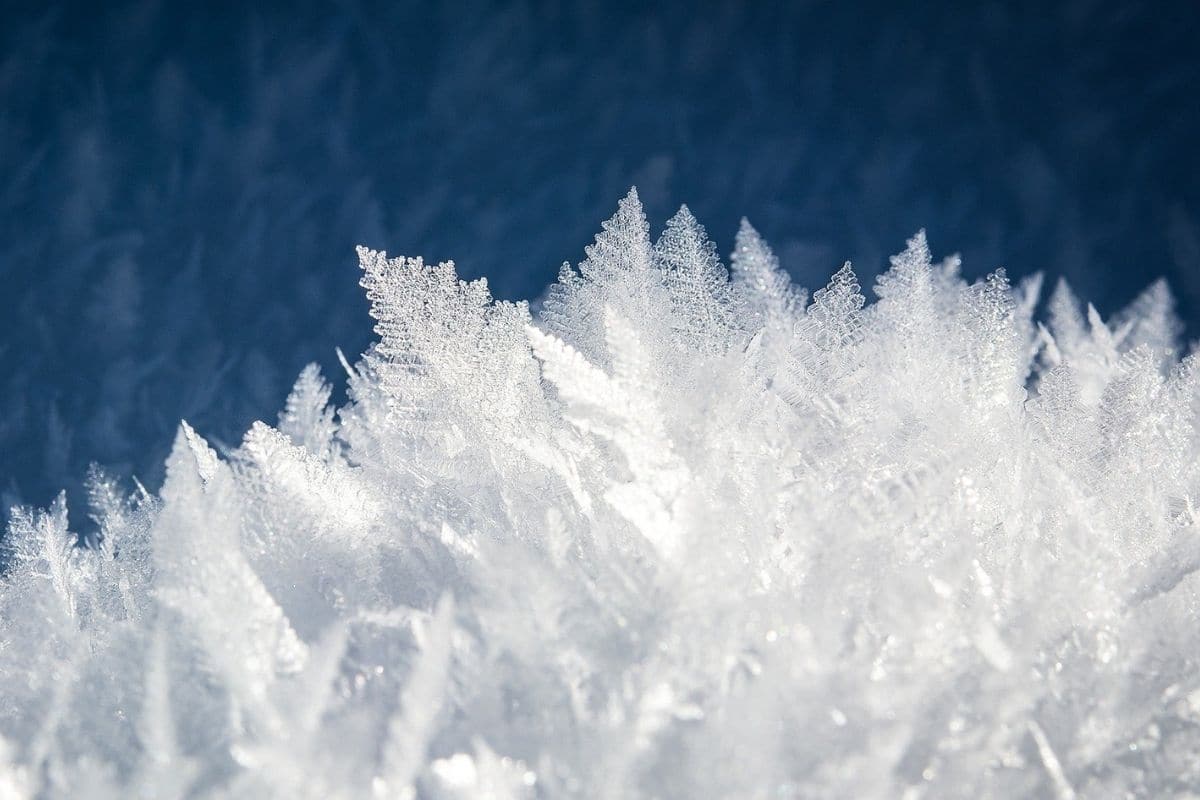
It is a temperature more suited to the Mediterranean area, but was actually measured in June 2020 in Verkhoyansk – a Russian city near the Arctic Circle.
The heat record was already reported last year, but has now been officially announced by the World Meteorological Organization (WMO) confirmed. This was preceded by an extensive investigation by a specially composed committee. This committee first of all considered the measurements of the weather station in Verkhoyansk and the equipment used for this purpose. Measurements from nearby weather stations were also examined. The investigation shows that the equipment in Verkhoyansk was working properly and the readings are in line with what nearby weather stations have recorded. It was then also checked whether there were indeed no other weather stations in the Arctic that had measured a higher temperature in the same period or somewhere before that. That turned out not to be the case. And so there is now officially a new Arctic heat record of 38 degrees Celsius.
Heat wave
The heat record was set during an exceptional and long-lasting heat wave in Siberia, which has since been shown to have been virtually impossible in the absence of climate change. During that heat wave, the average temperature in Arctic Siberia was five to ten degrees higher than during a ‘normal’ summer.
Climate change
It is not very surprising that we now occasionally measure temperatures in the Arctic that are somewhat higher than we are used to. Because it has been known for some time that the Arctic is warming at lightning speed. About twice as fast as the rest of the world. But the fact that temperatures are now being measured that we traditionally associate more with the Mediterranean area is a cause for concern, emphasizes Professor Petteri Taalas, Secretary General of the World Meteorological Organization. “This new Arctic record is one of the observations made by the WMO Archive of Weather and Climate Extremes have been reported and set off alarm bells about our changing climate.”
New category
To be able to give the unprecedented heat record a place in the Archive of Weather and Climate Extremes the WMO has had to create a new category: the highest temperature measured at or north of 66.5 degrees north latitude’. Earlier, a similar category was created to be able to give extreme temperatures measured in the Antarctic area (at or south of 60 degrees south latitude) a place in the archive.
Cold record
At the same time as the heat record, the WMO also confirmed a cold record in the Arctic. It was established in Greenland in December 1991. A temperature of -69.9 degrees Celsius was measured there. It is the lowest temperature ever recorded in the Northern Hemisphere.
Confirming and recording extreme temperatures is vital, said Dr Blair Trewin, one of the members of the committee that confirmed the Arctic heat record. “Verifying these kinds of records is important because it gives us reliable evidence that reveals how our most extreme climate extremes are changing.” Professor Randall Cerveny agrees. “Constantly monitoring and assessing temperature extremes keeps us abreast of changes occurring in this important part of the world: the Arctic.”
New records
Whether the brand new heat record will last long is highly questionable. Researchers expect that the rapidly warming Arctic region will endure even higher temperatures in the long term. If so, the committee will reconsider those measurements to verify them.
In anticipation of new temperature extremes in the Arctic, experts called in by the WMO to verify measured temperatures don’t have to sit back. There are still some investigations underway, Taalas reveals. “WMO researchers are currently looking to verify temperatures of 54.4 degrees Celsius recorded in the world’s warmest region – Death Valley in California – in 2020 and 2021. A possible new European heat record of 48.8 degrees Celsius, measured this summer on the Italian island of Sicily, is also currently being validated. It is the first time that it WMO Archive of Weather and Climate Extremes has so many investigations running at the same time.”
Source material:
“WMO recognizes new Arctic temperature record of 38⁰C” – WMO
Image at the top of this article: Pezibear (via Pixabay)